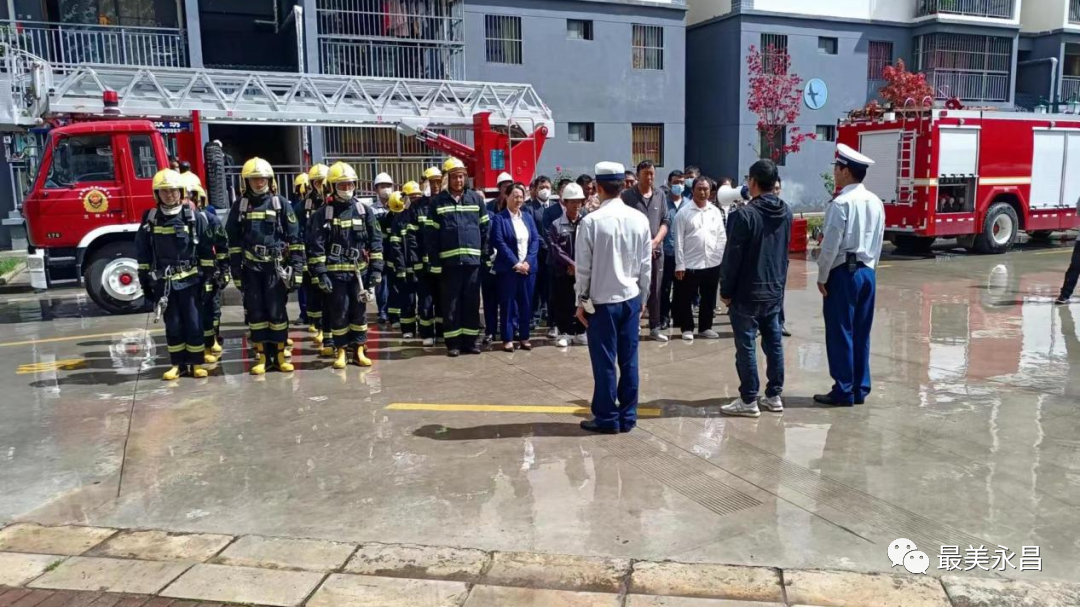Among the installation costs, the most difficult one is building electricity
.
Why? From the distinction of cables and wires to separate calculation, from electrical bridge to wall climbing, from lightning protection and grounding to weak current intelligence, each link is more complex and difficult to understand
.
This chapter will lead you to learn how to calculate the electrical engineering quantity and method
.
For 10kv High-voltage Overhead indoor installation, the suspended insulator XP below 10kV is measured by “string”; the outdoor high-voltage fuse WR below 10kV is measured by “group”; the steel through plate is measured by “block”; the through wall conduit CLB below 10kV is measured by “piece”; the arrester FS below 10KV is measured by “group”; the indoor and outdoor support insulator Za below 10kV is measured by “group”, It is measured by “piece”; bracket and fittings are calculated by “kg”
.
The transformer installation calculation rules are as follows: according to different voltage levels, different capacities and different types, the transformer installation is measured by “set”
.
TM installation: excluding transformer oil withstand voltage test and transformer system commissioning
.
TM classification: the cooling methods are oil immersed and dry type; the phase number is divided into single phase and three phase; the coil material is divided into copper coil and aluminum coil; the iron core is divided into hot rolled and cold rolled silicon steel sheet, etc
.
The power distribution device is equipped with circuit breaker (QF), load switch (QL) and isolating switch (QS) to break and connect the normal load circuit and protect and control the high-voltage electrical equipment
.
The installation includes electromagnetic, spring energy storage, manual and other operating mechanisms
.
Current transformer (TA) and voltage transformer (TV) are used to measure voltage, current, electric energy and relay protection
.
Calculation rule: the above devices are measured by “set”
.
Bus installation bus: there are high voltage bus of power transformation and distribution device and low voltage bus of workshop power distribution, pay attention to the difference
.
Common hard bus: copper (TMY), aluminum (lmy)
.
Calculation rule: single piece “extended meter” calculation
.
L bus = (single piece extension meter length of bus design + reserved length of bus) × (1 + 2.3%) production and installation loss – 2.3% high voltage control equipment high voltage control console, cabinet and panel, which are used for power plant, industrial and mining enterprise substation (substation), main equipment receiving power and large high voltage AC motor starting and protection
.
At present, there are three types of fixed, handcart and movable in China
.
The models are GG, GFC, GBC, etc
.
Calculation rules: control panel, relay panel, simulation panel, power supply panel, DC panel, console and box type distribution room are measured by “set”
.
Calculation rules for low-voltage control and distribution equipment: complete sets of power, lighting control and distribution cabinets, boxes, screens, etc., regardless of model, specification and installation mode, are measured by “set”
.
When wiring terminals need to be welded (pressed) for the wires in and out of cabinets, boxes and screens, they shall be measured by “pieces”
.
High pressure and low pressure equipment base and support: groove (angle) steel base and support fabrication and installation shall be calculated according to “kg” and “m”
.
Power and control cable buried or trench into the household schematic diagram L = (L1 + L2 + L3 + L4 + L5 + L6 + L7) × (1 + 2.5%) power and control cable installation calculation rules: 10kV power and control cable; regardless of the location of laying method, it is calculated in “m”
.
The expression of cable length by laying method and position: cable length = (2 × end length + up and down lead length + directly buried ground length + cable trench length + protection pipe length + steel cable length + wall length + shaft length + bridge length + trench length + ladder length + line length, etc
.
+ cable reserve) × (1 + 2.5%) cable end: fabrication and installation shall be measured by “piece”
.
For the earthwork of cable trench directly buried with cables, the calculation is based on “m 3”: v = SL, for each 1m trench length of two cables, v = 0.45M; for each additional cable, 0.153m 3 is added for each 1m trench
.
Laying sand and covering brick for cable trench: calculated by trench length “m”
.
Laying cable trench in cable trench: entering into the trench, not entering into the trench
.
Ditch masonry: Earthwork Volume “m3”; ditch bottom and wall bricklaying or pouring “m3”; ditch wall and bottom plastering with cement mortar “M2”; ditch cover fabrication “m3”; purchase value and freight
.
Refer to budget quota of construction engineering
.
Uncovering and covering the cover plate of cable trench: “m” calculation; fabrication and installation of support in trench: steel “kg”, concrete “m3” calculation
.
Cable tray installation: it is divided into ladder type and tray type (perforated tray and non perforated tray)
.
It is generally composed of straight section, elbow, tee and other accessories as well as supports and hangers
.
Calculation rules: regardless of steel, stainless steel, aluminum alloy, FRP, plastic bridge, all calculated by “m”
.
Including the installation of 5.5 ~ 16mm2 electrical connecting jumper, grounding wire and grounding terminal between each section of the bridge
.
Piping quantity rules: piping shall be calculated according to different pipe materials, specifications and laying methods (light and dark), and the length of junction box (box), lamp holder box and switch box shall not be deducted
.
Main point: calculate circuit by circuit from the distribution box
.
Methods: horizontal pipe was calculated by the axis of wall and column in building plan
.
When the drawing scale is correct, the pipe which can only be laid obliquely can be measured with scale
.
The light and dark box wiring (branching), socket, switch, lamp cap and other boxes for piping and wiring shall be measured according to “number”
.
Electrical wiring rules: lighting and power lines are calculated according to “single line extension meter” regardless of type, specification, model and laying mode
.
Pipe threading length = (piping length + reserved length of wire) × number of wires in the same section
.
Common wires: single core, multi-core; aluminum core, copper core; plastic and rubber insulation
.
The source and arrangement of the reserved length of conductor are from the network, and the right of interpretation belongs to the original author.
.



